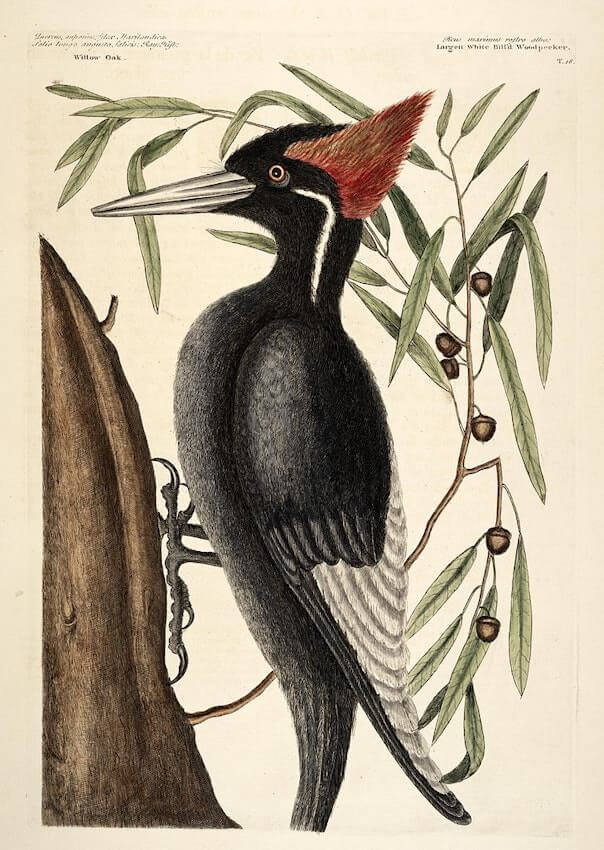Baiji
Lipotes vexillifer
2002
The "functionally extinct" baiji, whose Latin taxonomic designation translates to the "flag bearer left behind", lived in China's freshwater Yangtze river system, a catchment area that the cetaceans share with approximately twelve percent of the global population. Even if a few members of the species live on, this population is no longer viable for reproduction and continued survival (a 1991 expedition recorded just thirteen baijis; a 2006 expedition adjusted that number: one or two, maybe, but most likely none). Thought to be the first dolphin species extinguished by humans, the baiji has not been seen for more than twenty years, killed off by industrial pollution and the impact of development on its native waterways --- although, as Samuel Turvey notes, "early Chinese records show that river dolphins were actively exploited throughout the country's history". Weighing up to 230 kilograms (500 pounds), the baiji could live for twenty-four years in the wild, accelerating away from danger at speeds reaching sixty kilometers (thirty-seven miles) per hour. Like other cetaceans, the species relied on sonar for navigation, socialization, and emotional expression. The baiji served as an important figure of human cultural expression too. "For thousands of years, people along the Yangtze have told stories about how the baiji came to be through poems, stories, and myths", writes Lydia Pyne in Endlings: Fables for the Anthropocene. "The animals in these stories are mystical and mythical, entwining people and the river together; sometimes, in such tellings, the baiji is cast as a 'river goddess.'" The baiji did not receive notable attention in the West before 1914, when Charles Hoy, a seventeen-year-old American, shot a specimen and sent its skull to the Smithsonian Institution in Washington. The animal's last days are treated at length in Samuel Turvey's Witness to Extinction: How We Failed to Save the Yangtze River Dolphin (2009), where, among other chilling anecdotes, we are treated to a third-hand account of how the Great Leap Forward impacted this cetacean species. "Yangtze fishermen have good hearts. . . . But back then --- back then it was very difficult. Mao did some terrible things. We had to eat. We thought we had no choice. It was the dolphins, or it was our children. Which would you choose?"
 1662
1662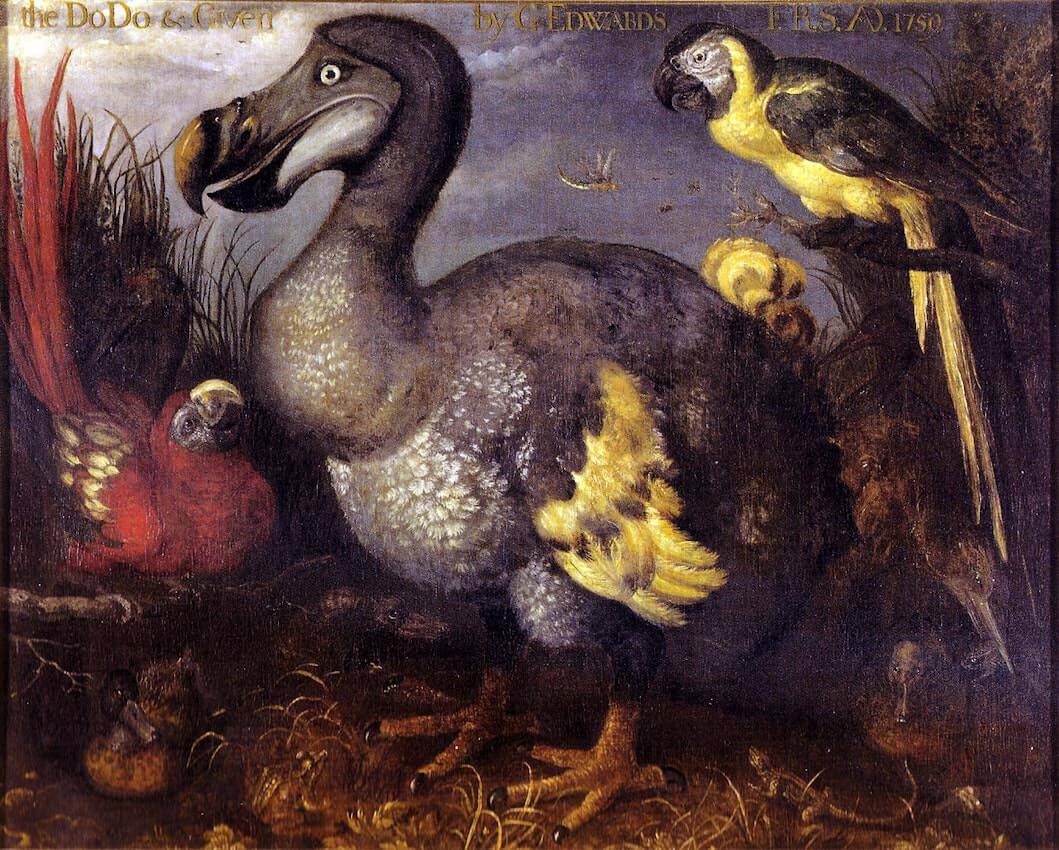 1768
1768 1799
1799 1840
1840 1850 ·
1850 ·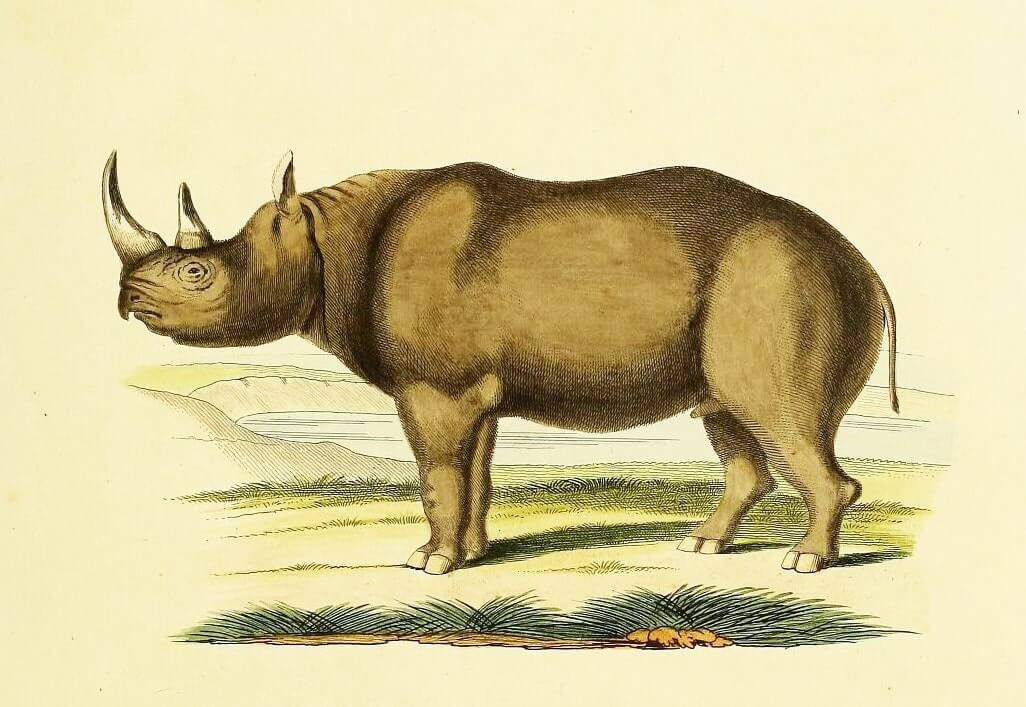 1850 ·
1850 ·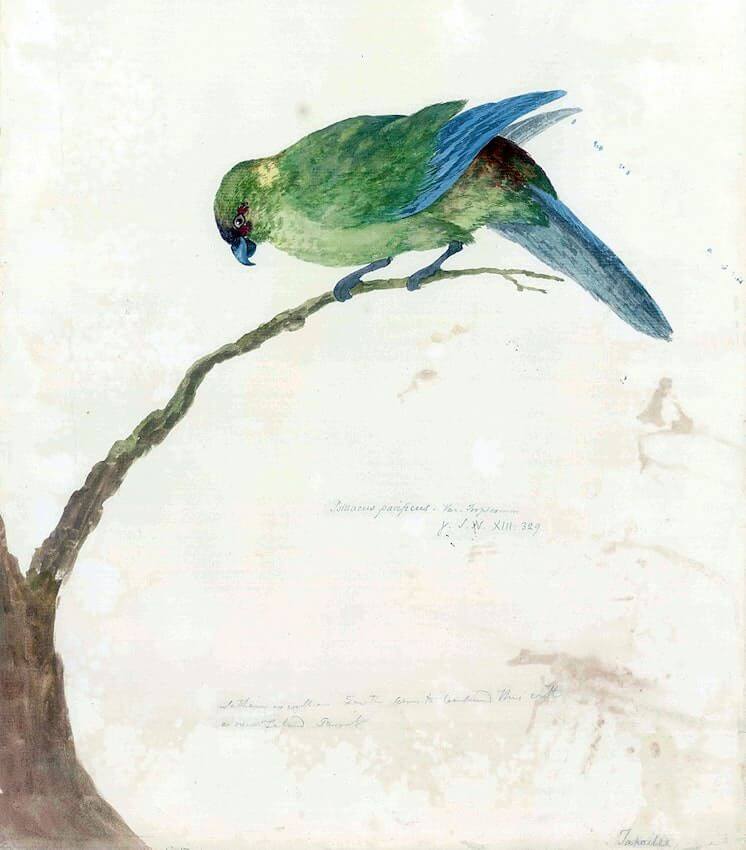 1850
1850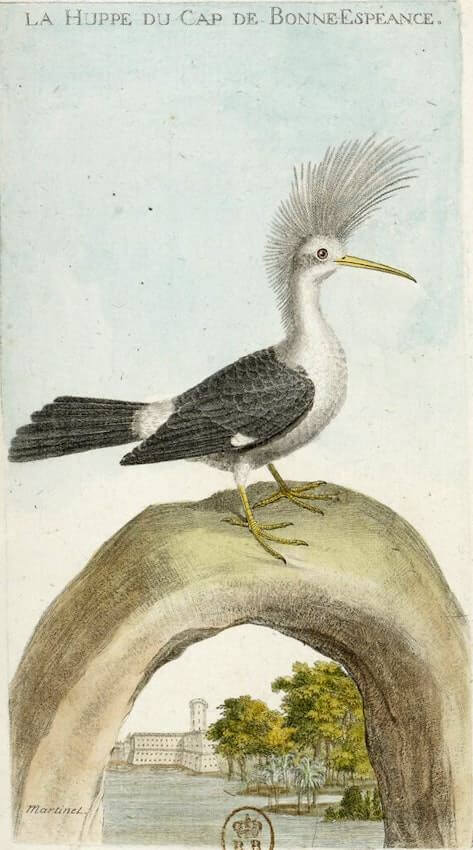 1852
1852 1876
1876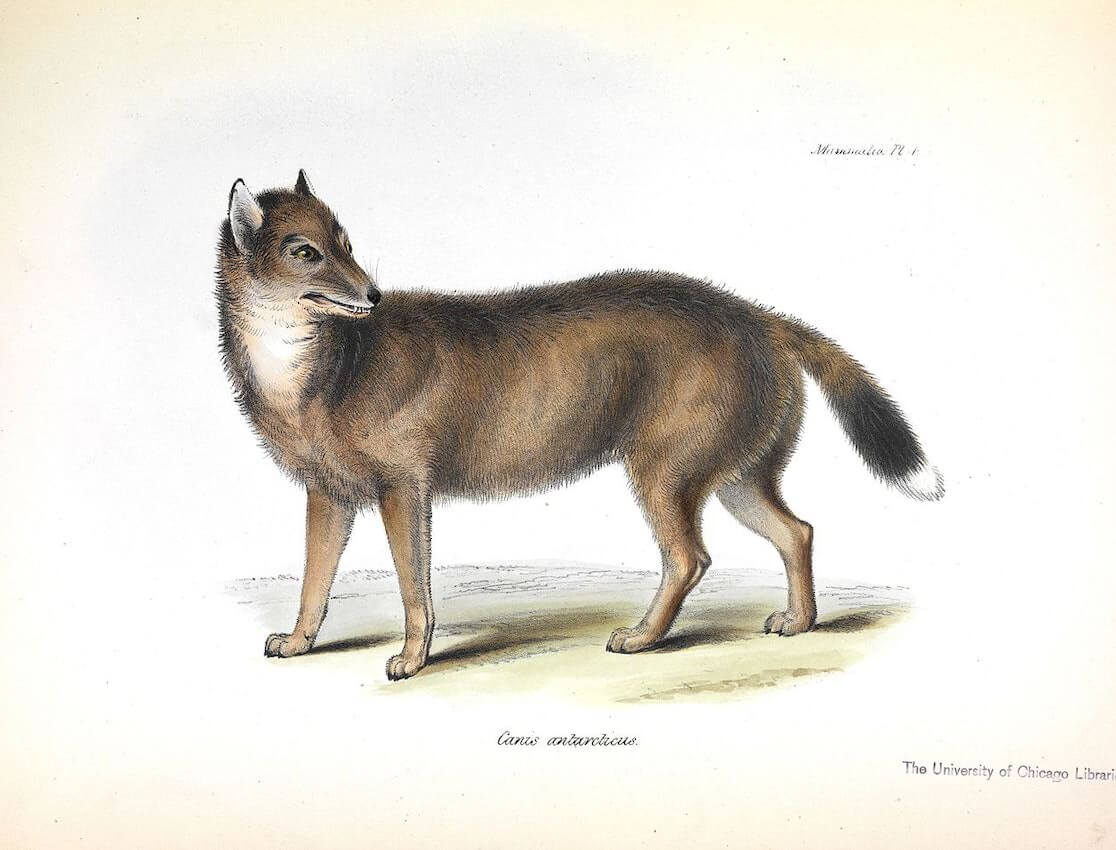 1883
1883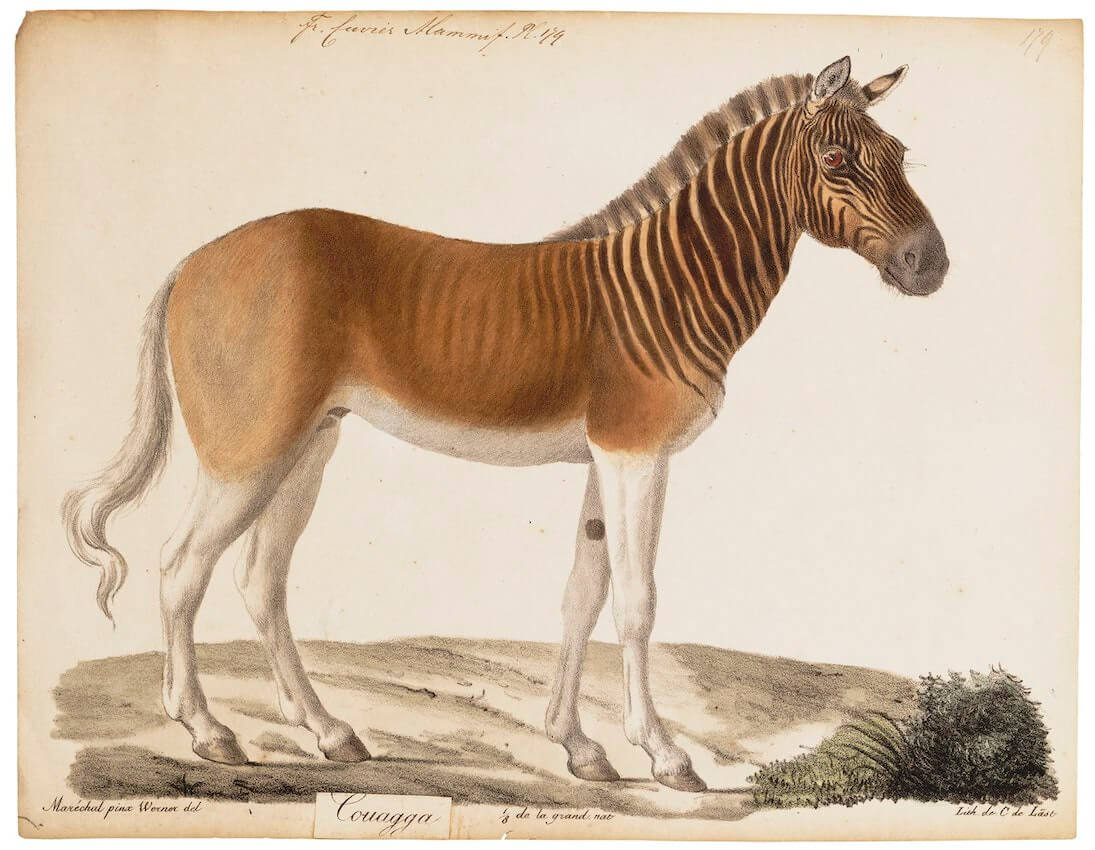 1892
1892 1893
1893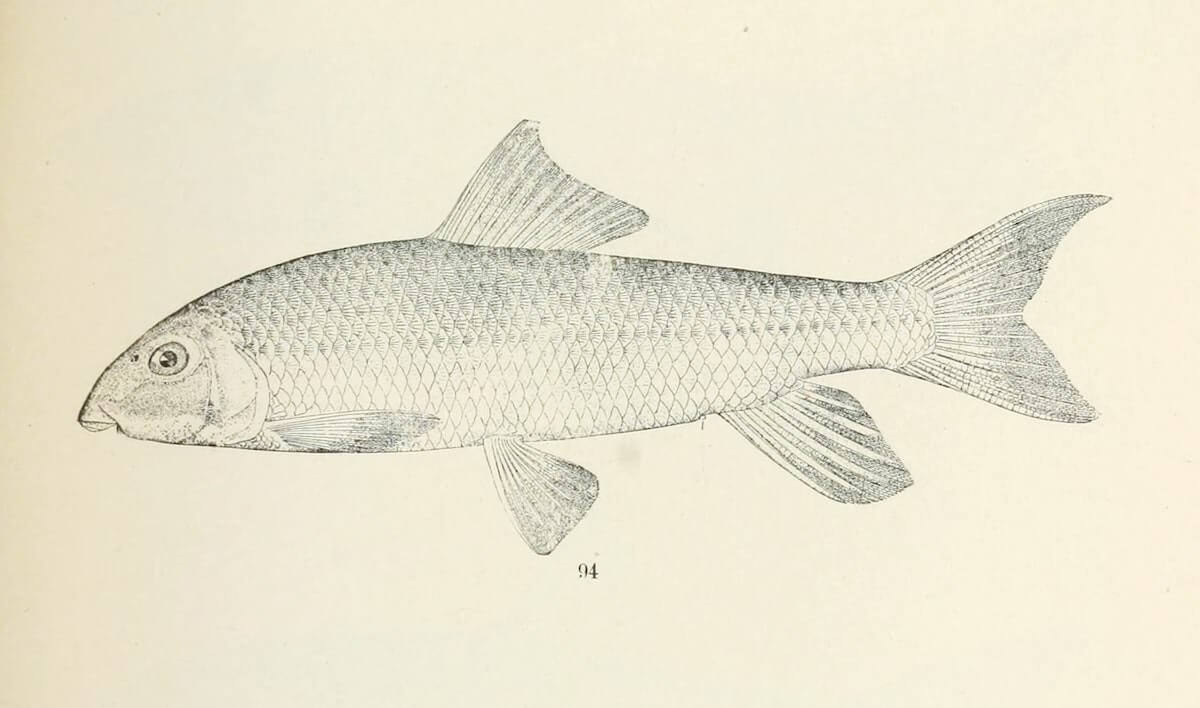 1900 ·
1900 · 1902 ·
1902 · 1903
1903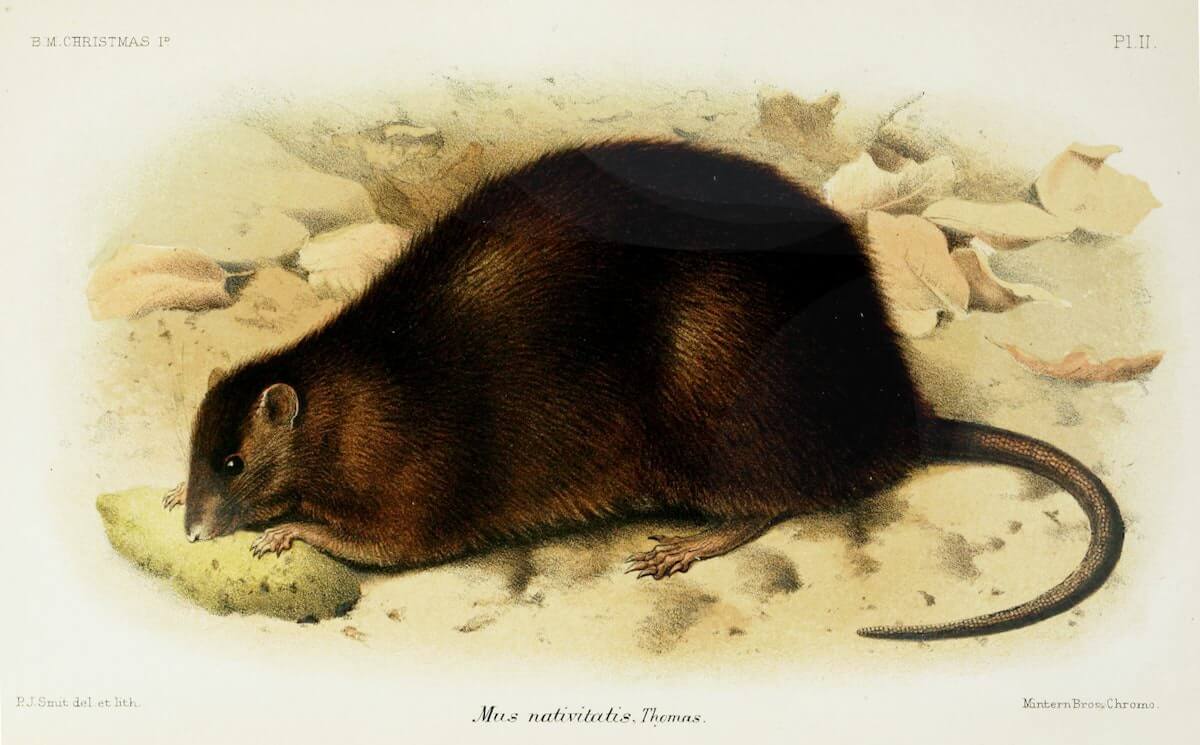 1907 ·
1907 · 1908 ·
1908 ·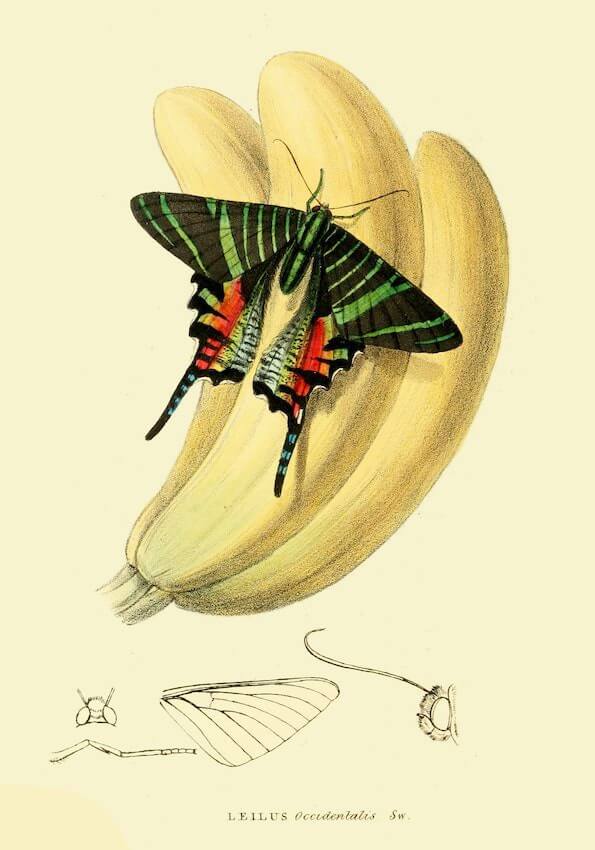 1909
1909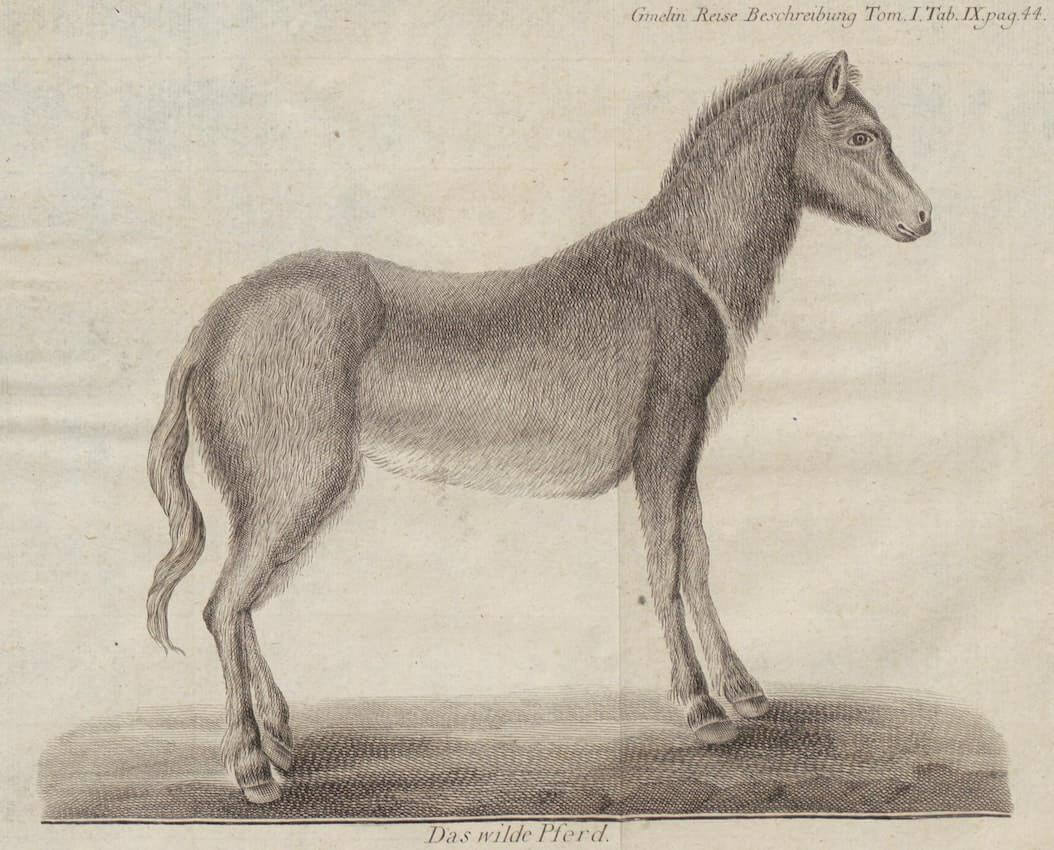 1914
1914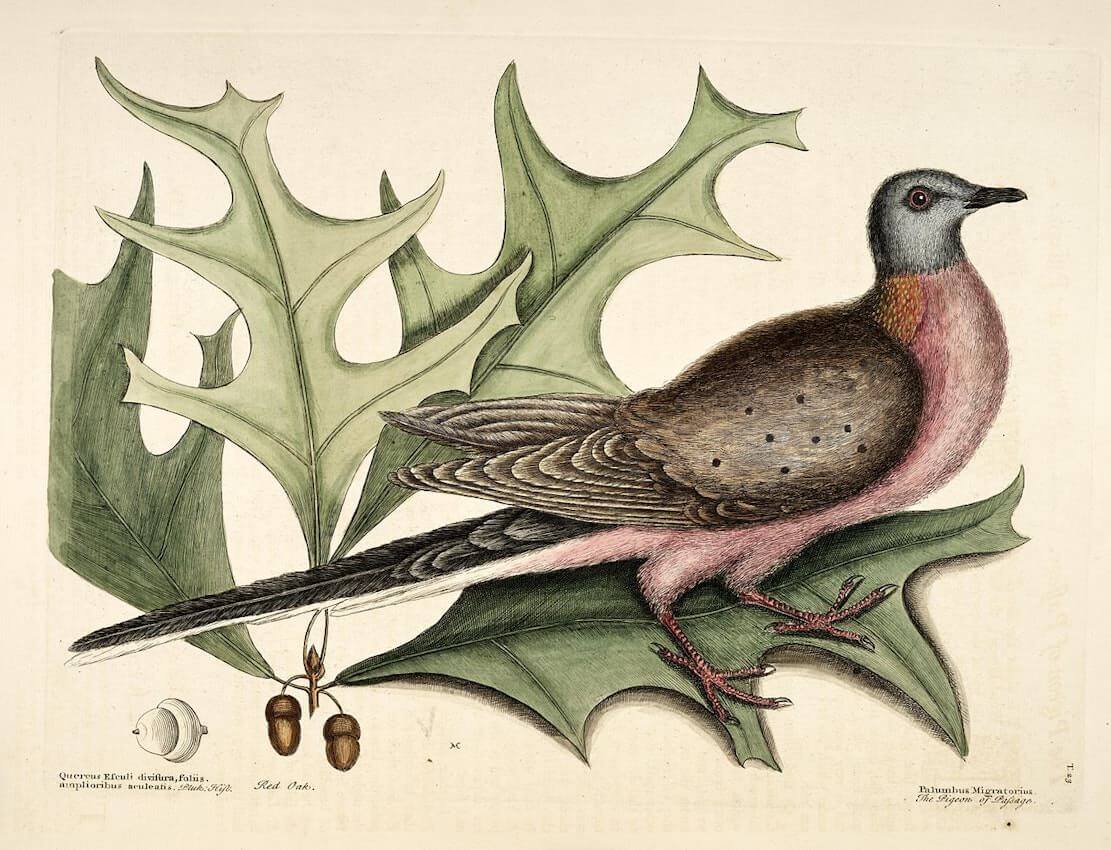 1918
1918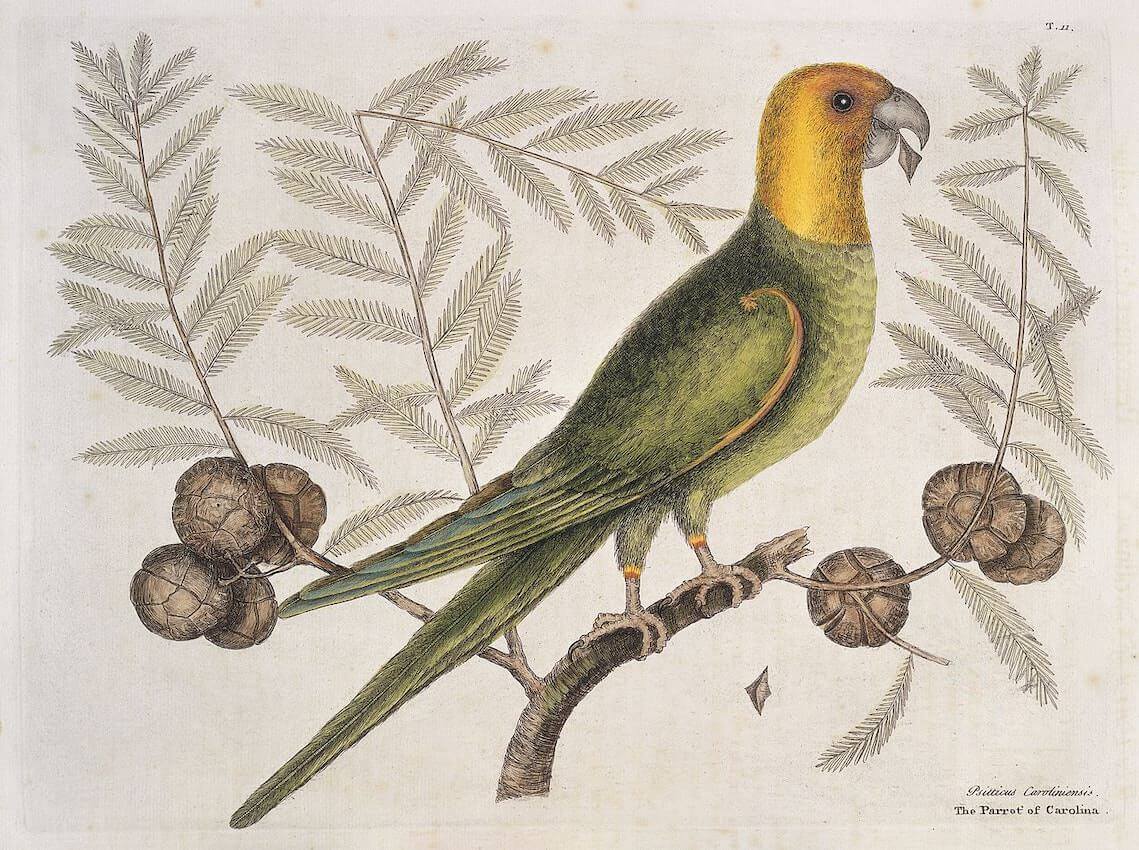 1934 ·
1934 · 1934 ·
1934 ·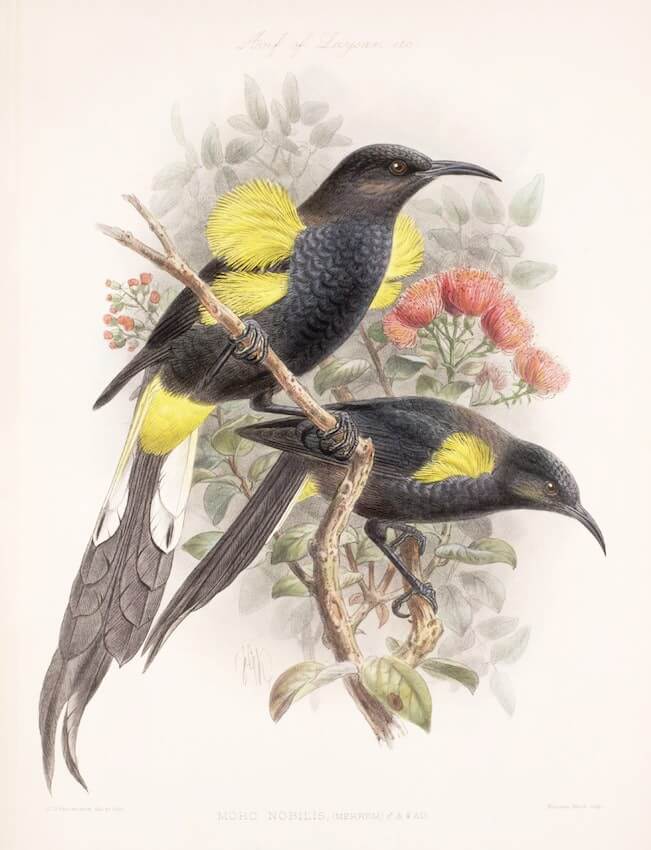 1936
1936 1939 ·
1939 ·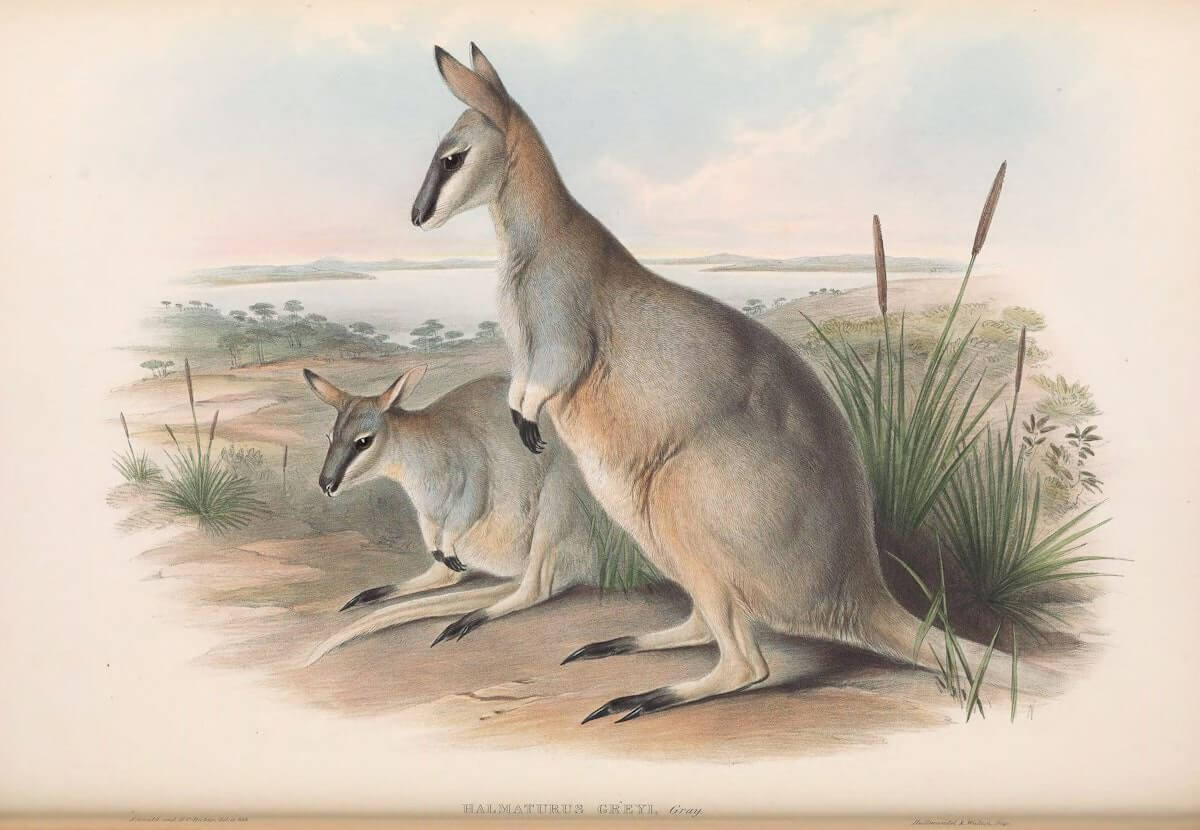 1940 ·
1940 ·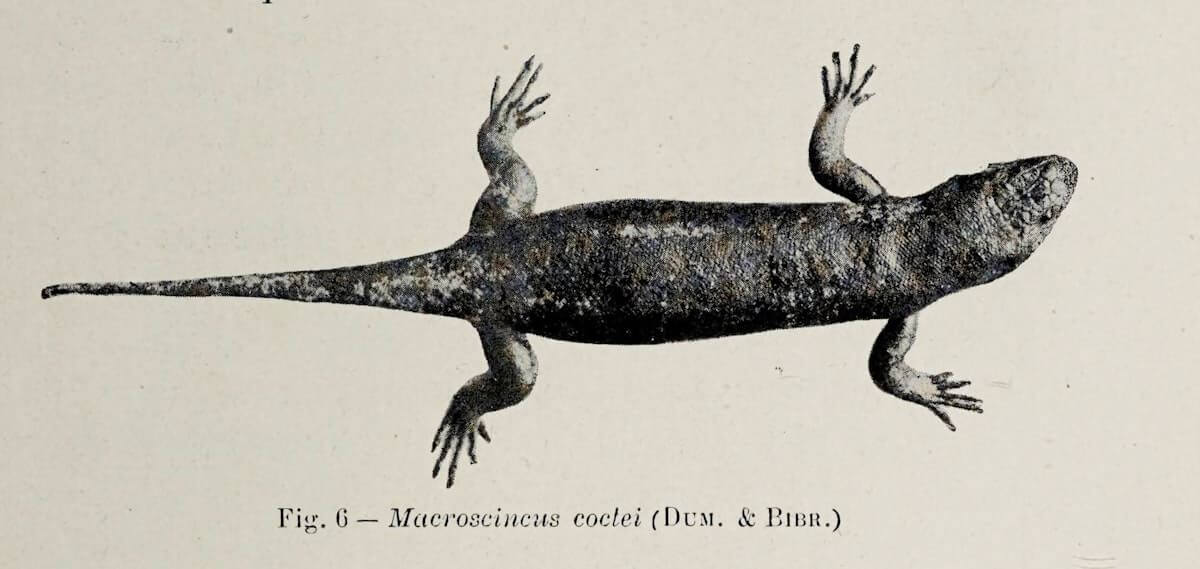 1941
1941 1952
1952 1956
1956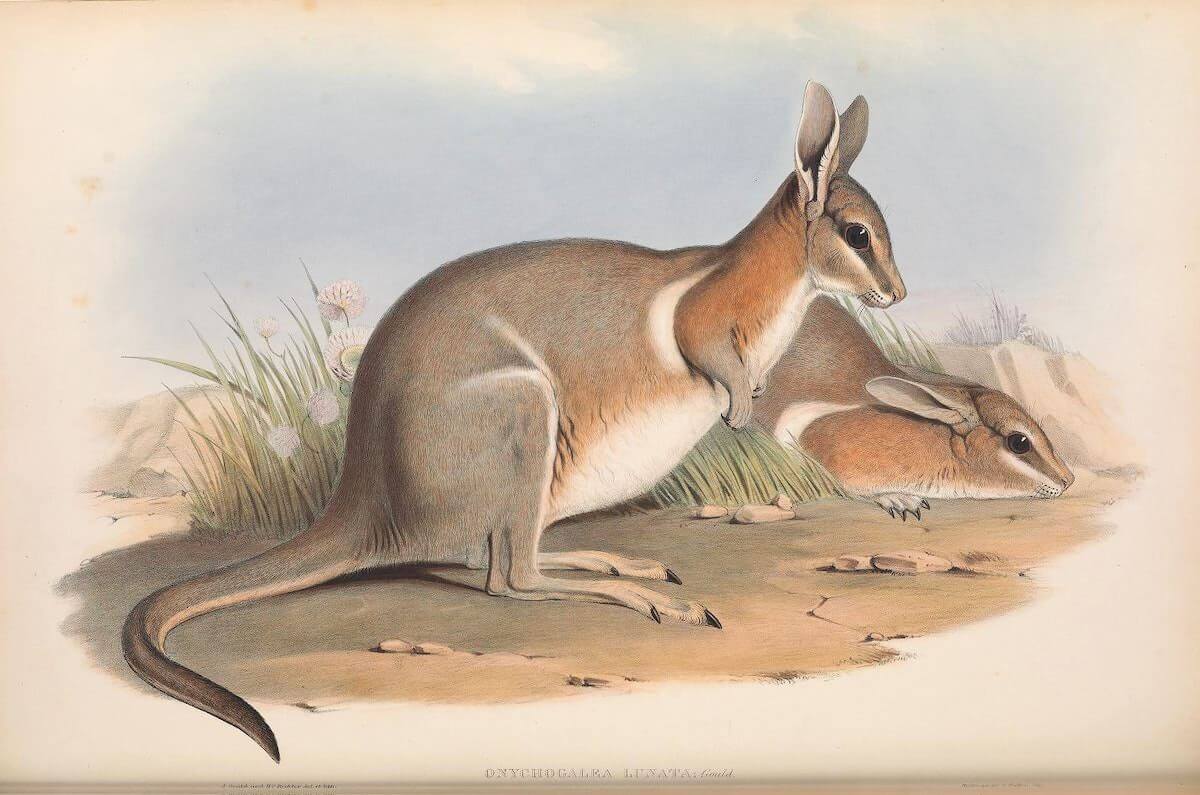 1969 ·
1969 ·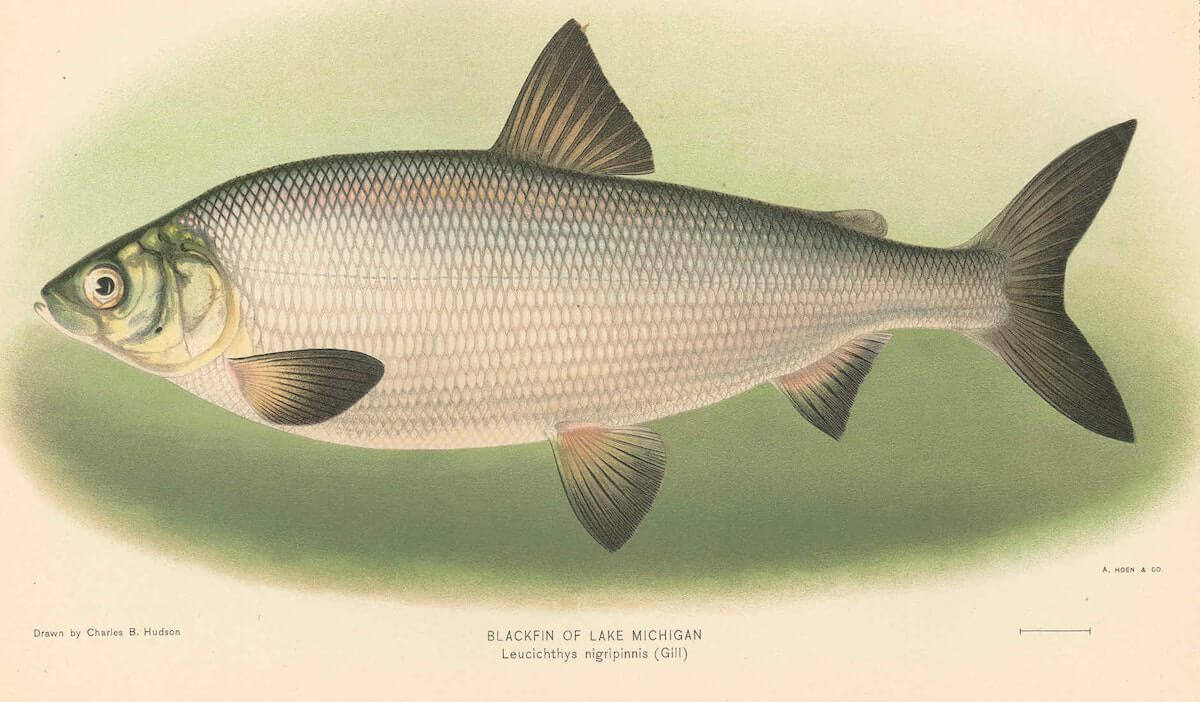 1970
1970 2002 ·
2002 ·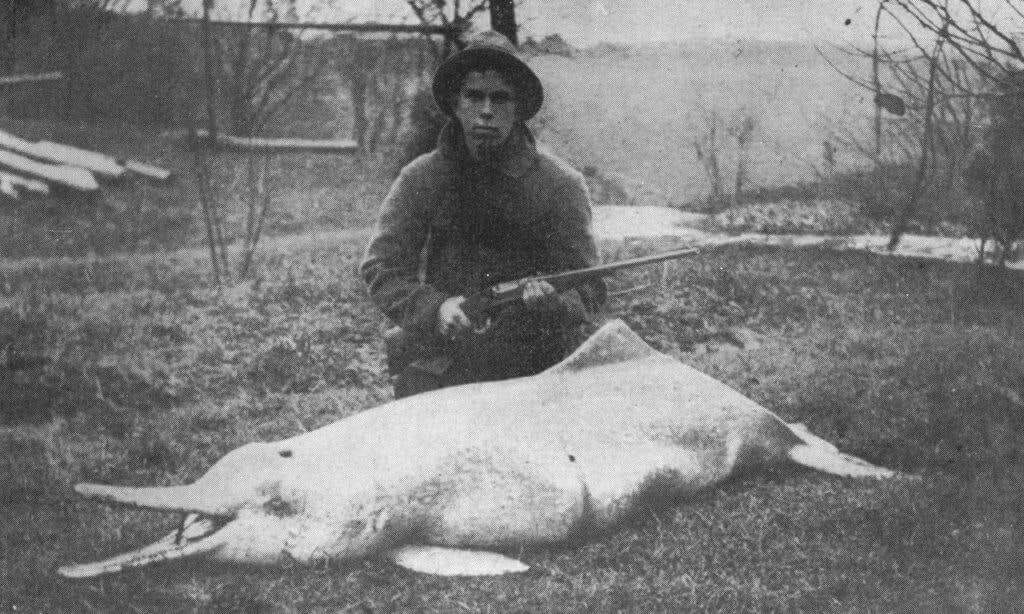 2003
2003 2007
2007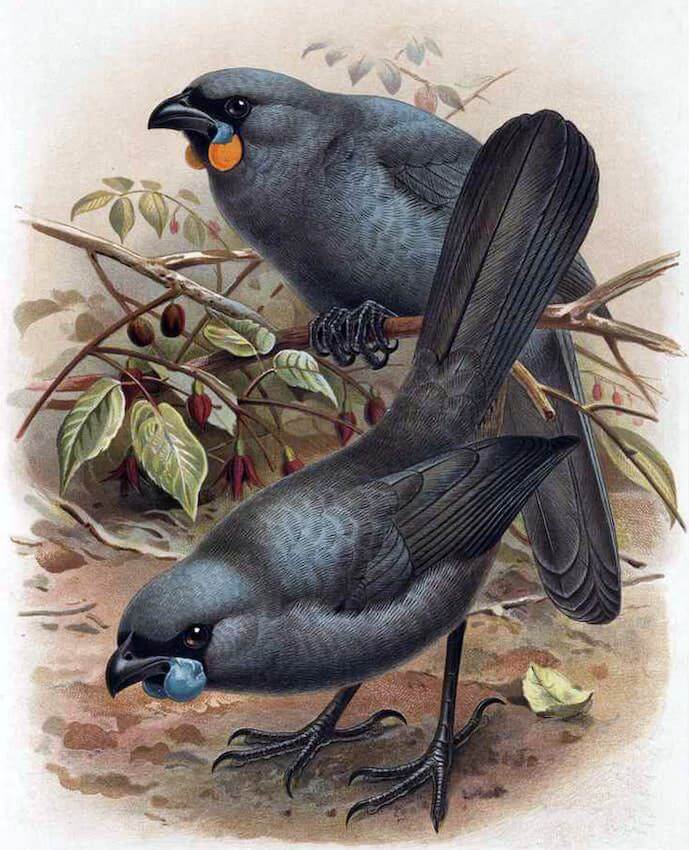 2011 ·
2011 ·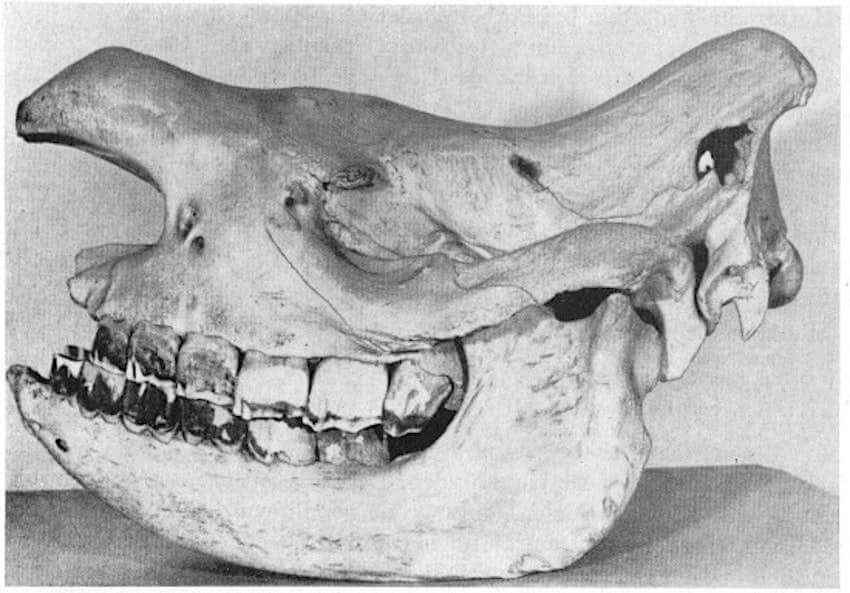 2012
2012 2017
2017 2020 ·
2020 ·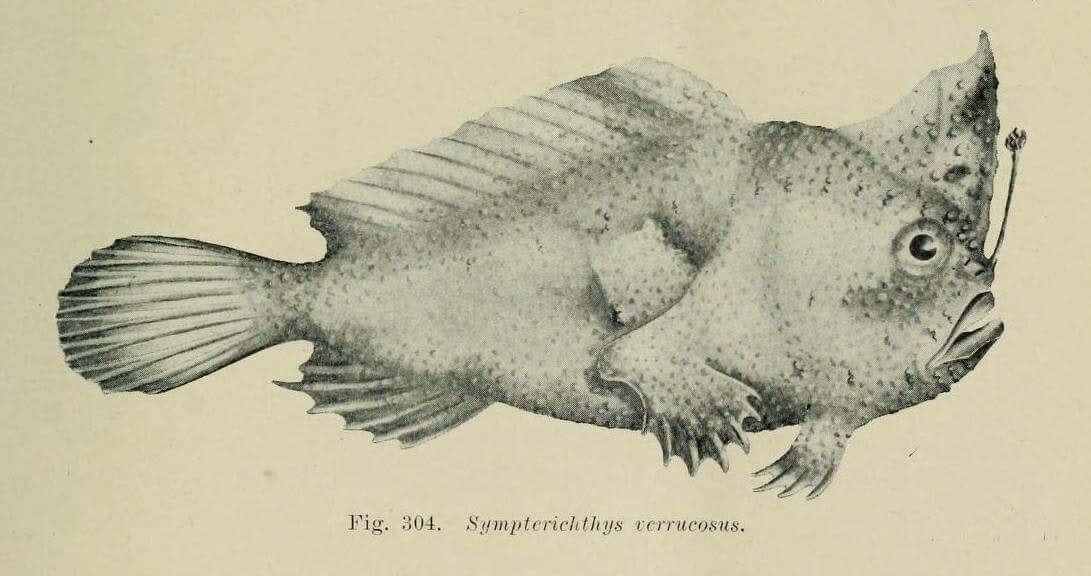 2021
2021